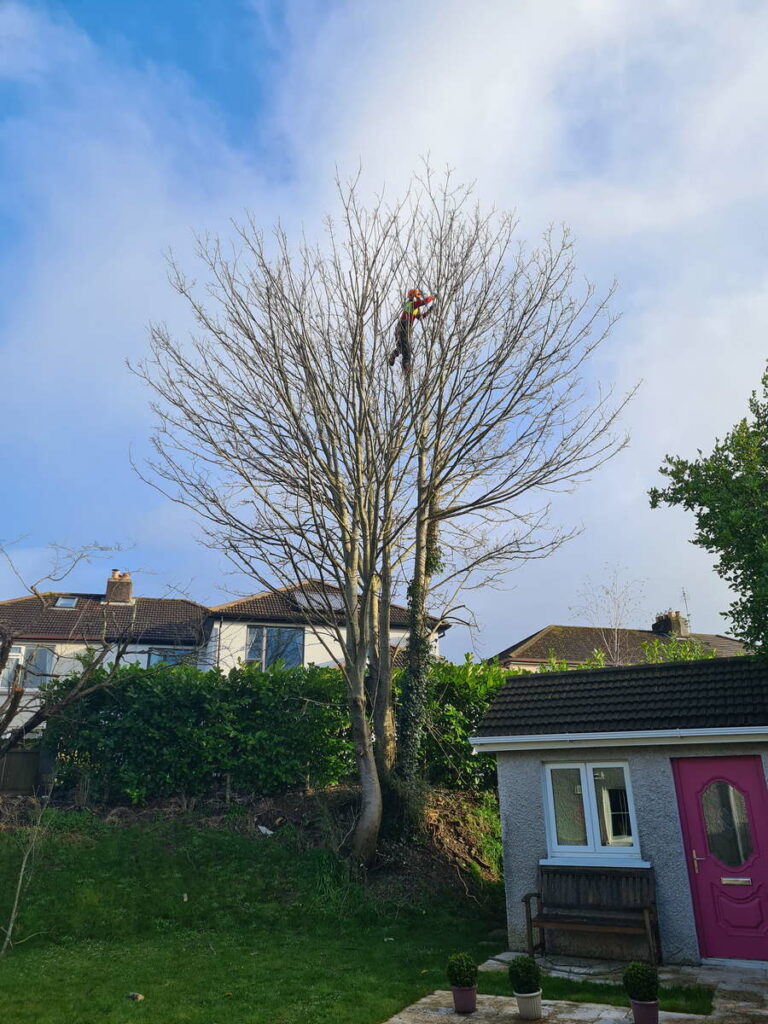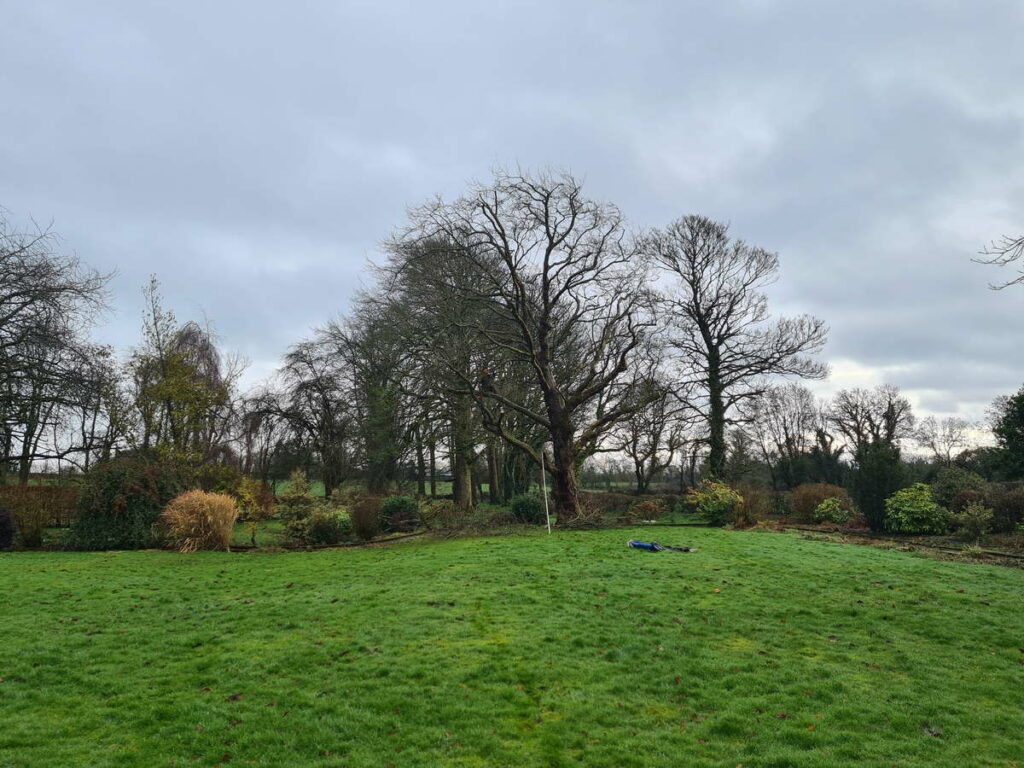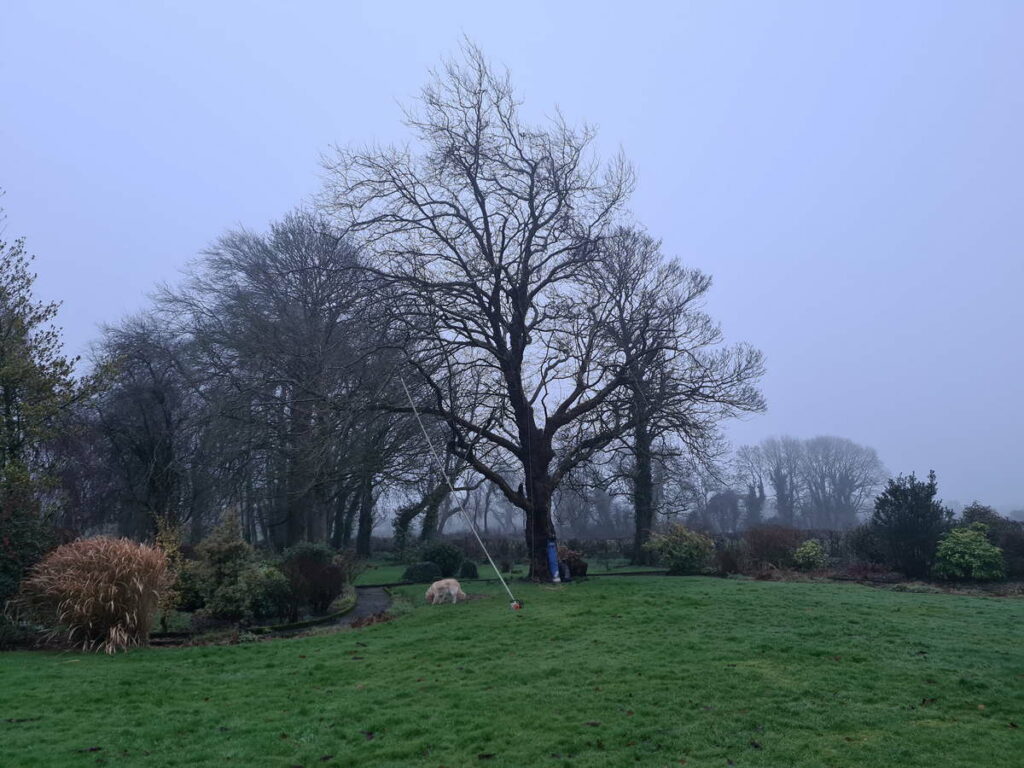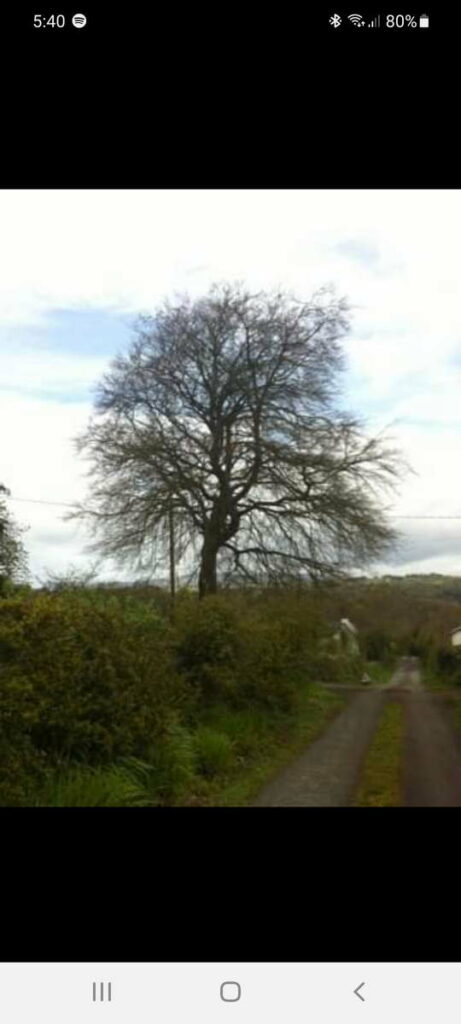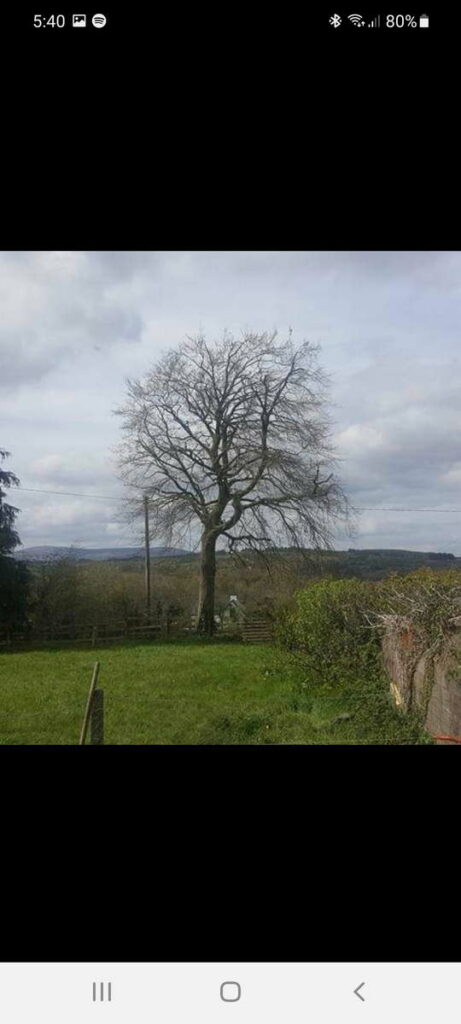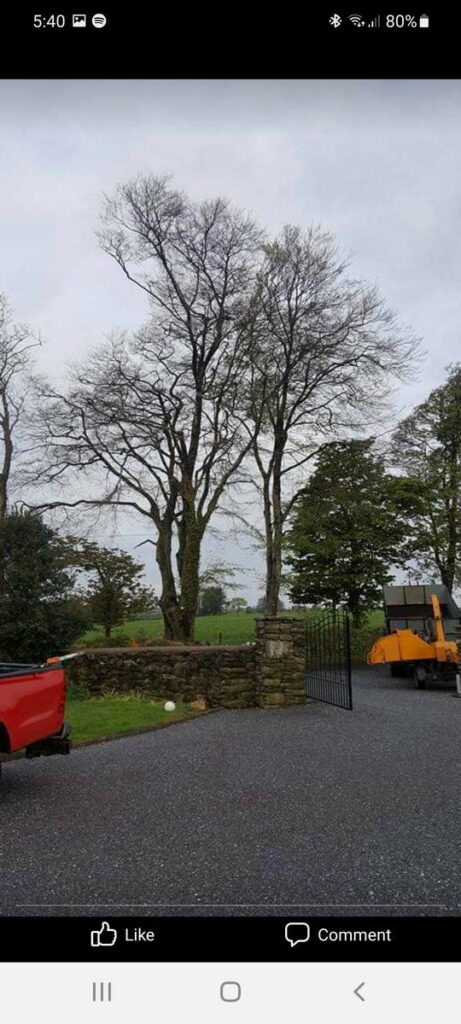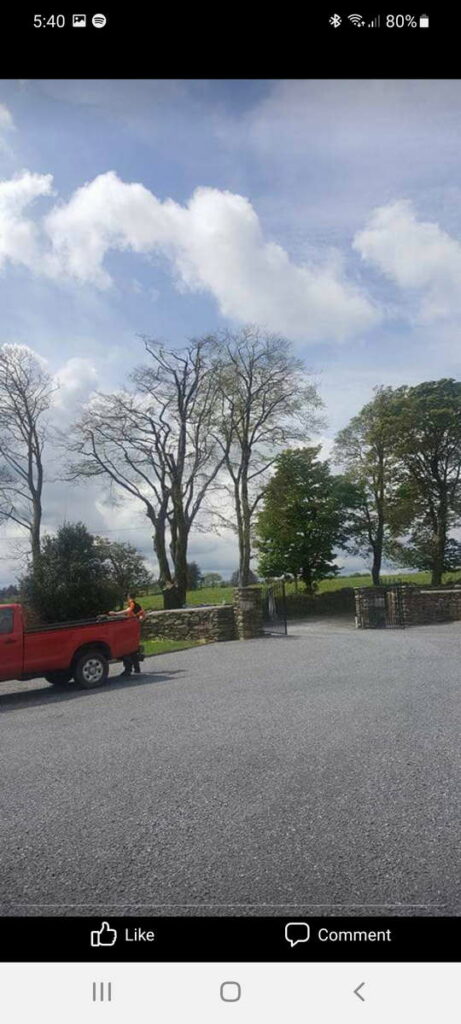Crown Reduction
One of the most popular pruning strategies used by arborists to control the size of a tree, while retaining the structure or shape of its crown, is crown reduction. Arborists target limbs near the top of the tree canopy, cutting them down to reduce the tree’s height. On the other hand, these branches are trimmed to ensure that they heal quickly and grow back appropriately to produce the new crown.
The older a tree becomes, the more probable it will require trimming. Branches and trunks can develop fractures or cankers over time, leading to deterioration. Crown reductions can relieve stress on the tree by removing flaws and inadequate attachment sites.

We have a long and proud history givin emphasis to environment social and economic outcomes to deliver the places that respond too the complex global forces shaping our future including the rapid urbanisation, climate and change, inequality and resource stress.
The union of a branch with bark on it to the tree trunk is a bad attachment point. Poor attachment sites frequently cause failures.
It’s natural for some branches to die as trees grow. However, if they are left on the tree, you risk endangering its health, your property, and your family.
Dead branches can be blown around by the wind during a heavy storm, causing property damage and serious injury.
Crown reduction has several health benefits for trees such as reducing the number of competing branches so more sunshine gets to the healthier parts of the tree and can be used more efficiently.
Fruit trees get noticeably healthier as a result, and their fruit output may rise the following year.
Trim, cut, or tender- whatever you need. We are here to help.

